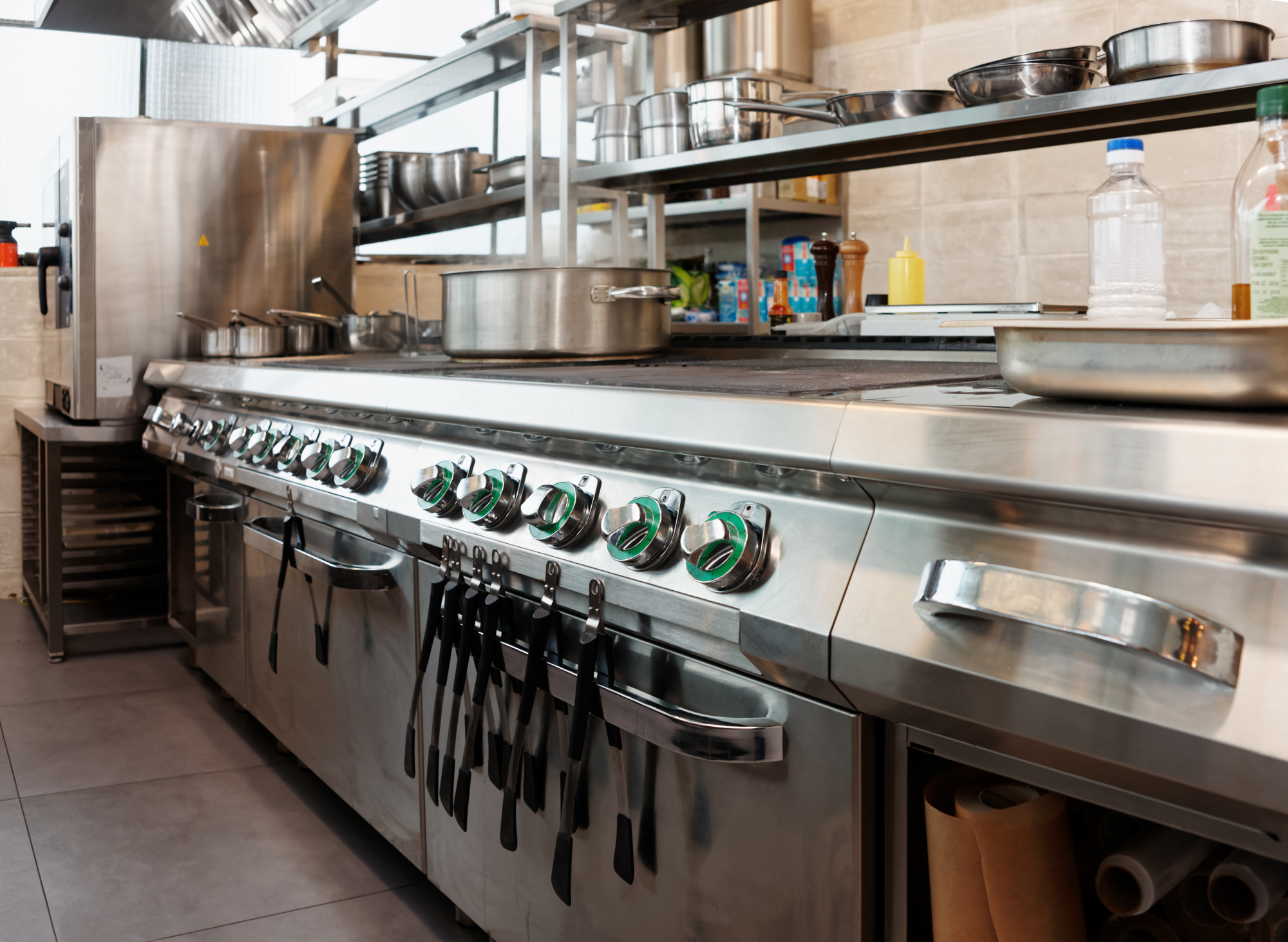
Grease is one of the leading causes of sewer overflows every year.
One of the most common places where you’ll find grease is in restaurants. Restaurants create grease from cooking, which is why they generally need grease trap cleaning services.
Whether you own a restaurant or are just curious about it, you might wonder what these services are.
Grease trap cleaning is a vital service in the hospitality industry, and here is a guide to help you learn more about it.
The Basics of Grease Traps
Understanding grease trap cleaning requires learning more about grease traps. For example, do you know what a grease trap is and how it works? Do you know where to find one in an establishment?
In this grease trap cleaning guide, you’ll learn the answers to these questions and more, starting with the basics of grease traps.
As the name implies, a grease trap is a trap for grease. You can typically find a building’s grease trap inside the kitchen or nearby room or outside. However, a grease trap is not a septic tank.
This trap contains several vital parts, including a cover. The cover allows access to the trap.
When you open the cover, you’ll see filters. The filters separate the grease from the water. All the wastewater a business creates runs through this trap before entering the septic system.
The filters stop most of the grease from entering the septic system, which is why they call this a trap.
The Purpose of Grease Traps
The grease trap cleaning process is necessary for cleaning the trap, but it’s vital to learn the purpose of a grease trap before you learn more about cleaning the trap.
A grease trap can only hold so much grease, depending on its size. As a result, you must hire a company to remove the grease for you.
When the grease builds up inside the trap, the trap gets full. When this happens, the trap can’t filter the grease properly. As a result, the trap gets clogged or allows too much grease to pass through it.
If your business needs a grease trap but doesn’t have one, you’ll be putting the sewer pipes at risk. This is because sewer pipes can’t handle grease.
When grease heats up, it typically melts and turns into a liquid. When the grease cools down, it hardens. When the grease gets hard, it sticks to the plumbing pipes.
Grease trapped inside plumbing pipes leads to clogs. If the grease makes it to the sewer system, it can interfere with the filtering that naturally occurs in the system.
Therefore, the main purpose of a grease trap is to protect the plumbing pipes and sewer system. You can learn more about it by contacting a plumber.
How Grease Trap Cleaning Works
Now that you understand the basic features of grease traps and why businesses have them, you can learn more about grease trap cleaning.
In this next section, you’ll read about grease trap cleaning explained in a simple way. You’ll also learn that you can clean a grease trap yourself or hire it out.
The main principle of grease trap cleaning is removing the built-up solids found in the trap. After that, you must scrub the parts to remove the trapped grease in the strainers.
If you want to do this yourself, you might want to read up on the best grease trap cleaning tips first. By learning these, you’ll gain a better understanding of how to accomplish the task in the most effective way.
If you clean it yourself, you’ll need to wear gloves and have the right supplies handy. You’ll need a bucket, something to scoop with, and a brush. You might also want to have some soap for the job.
Cleaning a grease trap yourself is more cost-effective, but it’s a dirty job. Therefore, you might want to consider hiring it out instead. If you hire it out, a company will come and clean it for you, leaving you with a clean trap.
The Frequency of Getting Your Grease Trap Cleaned
The next thing to learn about is the frequency of cleaning your grease trap. Once you learn your system and needs, you’ll know how often to clean it. Until then, you might have to check it regularly.
The frequency of cleanings depends on several things. First, it depends on the size of your trap. Some traps are bigger than others, and a bigger trap can hold more.
Secondly, it depends on the amount of grease you create from cooking. If you create a lot of grease, you might need to clean it more often than if you don’t create a lot of grease.
You can also find ways to reduce the amount of grease that enters the system. For example, if you wipe your pans and cookware with paper towels before rinsing the items, you might remove a lot of the grease.
As a result, you might have less enter your grease trap.
One benefit of hiring a company to do this is that they will take the grease with them when they leave. If you clean it yourself, you’ll have to find a way to dispose of it properly.
The Risks of Not Having One or Not Getting It Cleaned
The final thing to realize is the risks of not cleaning your grease trap if your business has one. Failing to clean it can create major problems.
When you don’t clean it, you could end up with plumbing clogs. You could also end up with sewer clogs. The only way to avoid these issues is by cleaning your trap regularly.
Grease Traps Are a Vital Part of Life
Grease trap cleaning is vital as it removes the grease in a safe manner. By removing it, you reduce the risks of sewer clogs and blockage.
If you enjoyed learning about grease traps, you might enjoy other articles on our site. Be sure to check it out today!



Leave a Reply